We’re on a journey to advance and democratize artificial intelligence through open source and open science.
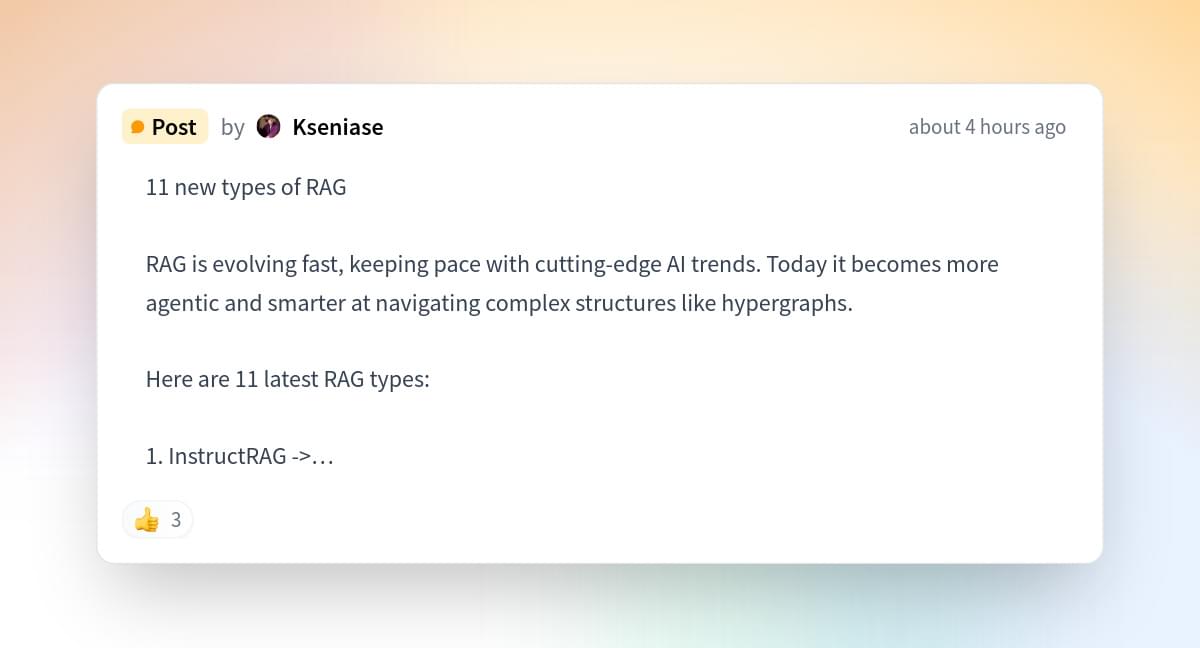

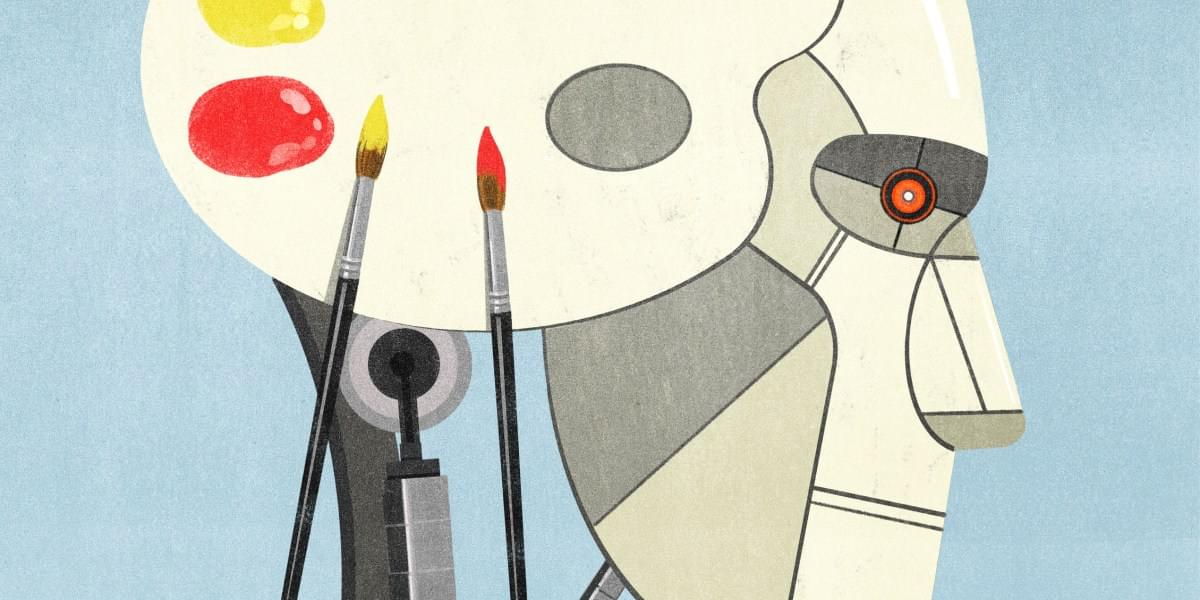
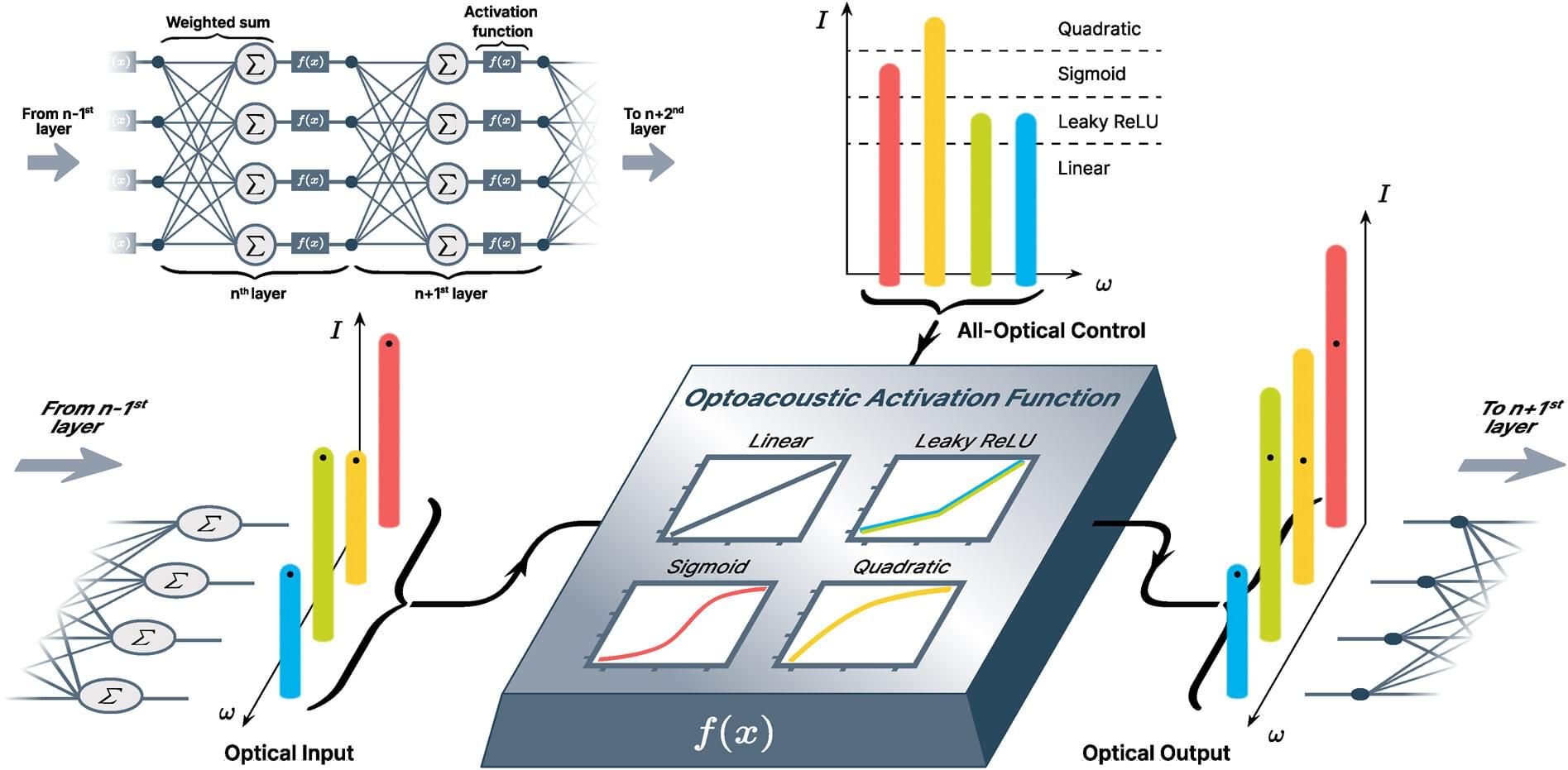
Neural networks are one typical structure on which artificial intelligence can be based. The term “neural” describes their learning ability, which to some extent mimics the functioning of neurons in our brains. To be able to work, several key ingredients are required: one of them is an activation function which introduces nonlinearity into the structure.
A photonic activation function has important advantages for the implementation of optical neural networks based on light propagation. Researchers in the Stiller Research Group at the MPL and LUH in collaboration with MIT have now experimentally shown an all-optically controlled activation function based on traveling sound waves.
It is suitable for a wide range of optical neural network approaches and allows operation in the so-called synthetic frequency dimension. The work is published in the journal Nanophotonics.
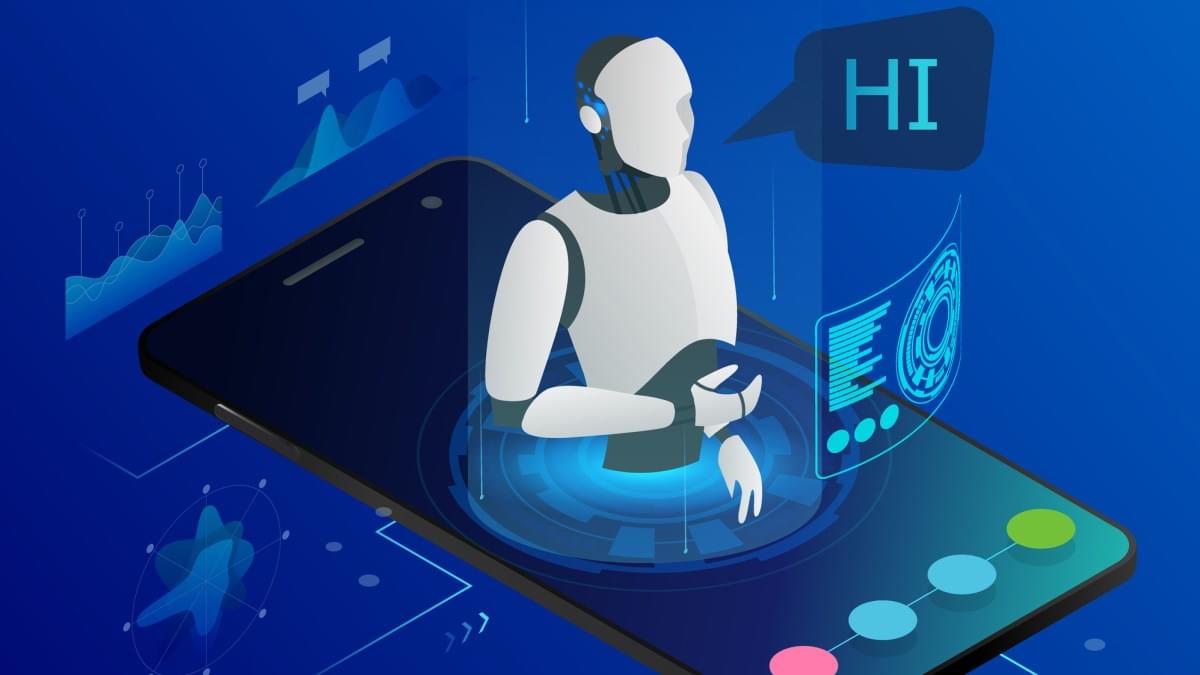
A car accident, football game, or even a bad fall can lead to a serious or fatal head injury. Annually, traumatic brain injuries (TBI) cause half a million permanent disabilities and 50,000 deaths. Monitoring pressure inside the skull is key to treating TBI and preventing long-lasting complications.
Most of these monitoring devices are large and invasive, requiring surgical emplacement. But Georgia Tech researchers have recently created a sensor smaller than a dime. The miniature size offers huge benefits.
“Surgery means extensive recovery time and can significantly impact patient health. Our system doesn’t require surgery because we use a conventional stent, the catheter, as a delivery vehicle,” said W. Hong Yeo, the Harris Saunders Jr. Endowed Professor and an associate professor in the George W. Woodruff School of Mechanical Engineering.
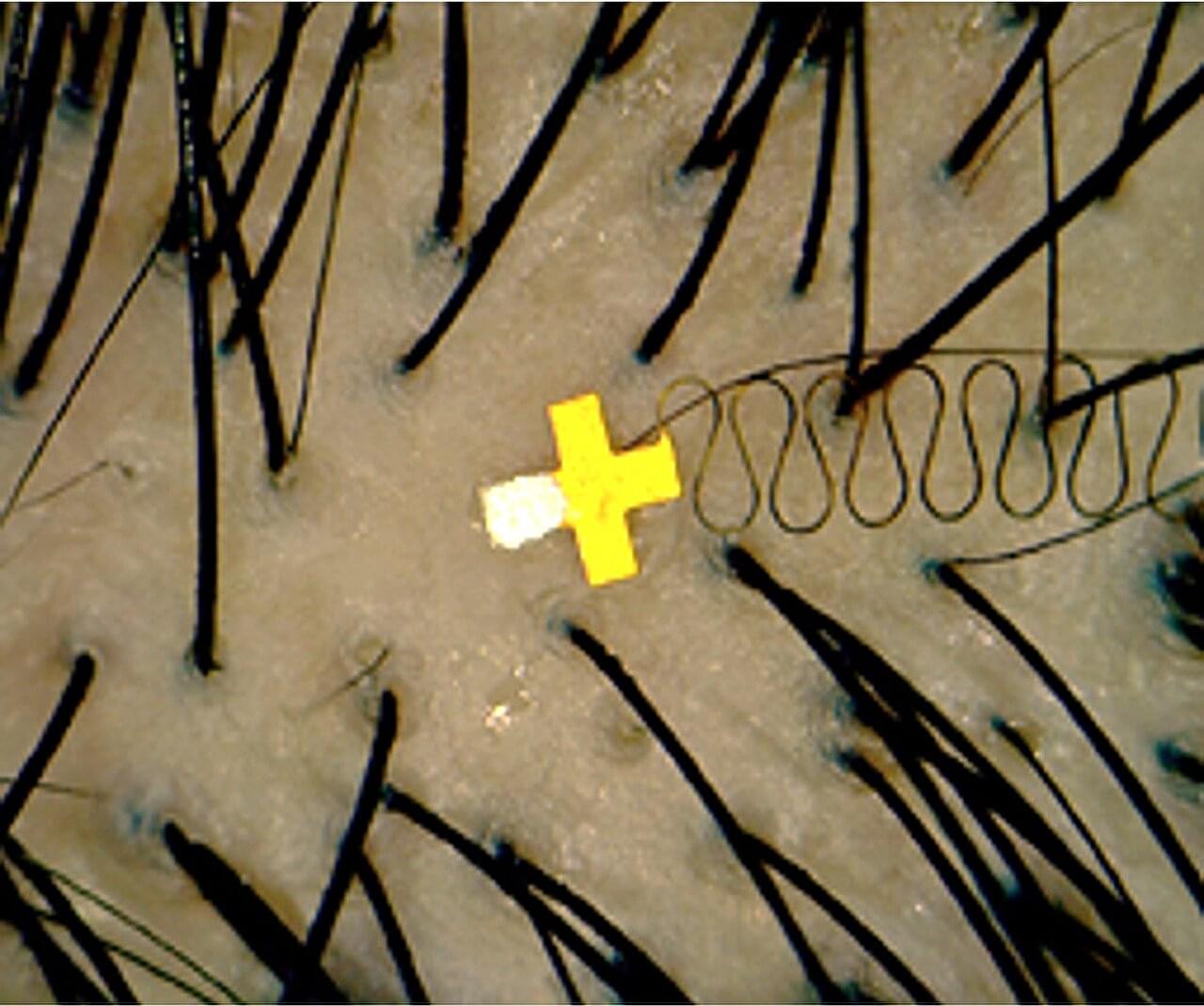
Georgia Tech researchers have developed an almost imperceptible microstructure brain sensor to be inserted into the minuscule spaces between hair follicles and slightly under the skin. The sensor offers high-fidelity signals and makes the continuous use of brain-computer interfaces (BCI) in everyday life possible.
BCIs create a direct communication pathway between the brain’s electrical activity and external devices such as electroencephalography devices, computers, robotic limbs, and other brain monitoring devices. Brain signals are commonly captured non-invasively with electrodes mounted on the surface of the human scalp using conductive electrode gel for optimum impedance and data quality. More invasive signal capture methods such as brain implants are possible, but this research seeks to create sensors that are both easily placed and reliably manufactured.
Hong Yeo, the Harris Saunders Jr. Professor in the George W. Woodruff School of Mechanical Engineering, combined the latest microneedle technology with his deep expertise in wearable sensor technology that may allow stable brain signal detection over long periods and easy insertion of a new painless, wearable microneedle BCI wireless sensor that fits between hair follicles. The skin placement and extremely small size of this new wireless brain interface could offer a variety of benefits over traditional gel or dry electrodes.
Developing humanoid robots, unravelling the complexities of AI, and the mysteries of consciousness.
Welcome to the North of Patient podcast — conversations on health[beyond]care — where we paint an inspired landscape of healthcare’s future through dialogues with creative and unconventional thinkers from around the world.
For a summary of the episode, visit the blog post on North of Patient:
https://open.substack.com/pub/northofpatient/p/episode-13-dr…Share=true.
This week’s guest is the remarkable Dr. Suzanne Gildert. She’s a physicist, artist, and AI tech executive based in Vancouver on a mission to uncover the mysteries of consciousness and innovate unconscious AI.
In this episode, we dive into the groundbreaking advancements and pressing challenges in quantum computing, examining the transformative potential of these technologies to reshape our world. Beyond the science, we also explore the philosophical dimensions of AI consciousness, questioning whether AI can ever truly replicate human experience and identity.
Learn more about Nirvanic AI:
Whar may happen when the first truly smart robots appear, based on brain emulations or ems. Scan a human brain, then run a model with the same connections on a fast computer, and you have a robot brain, but recognizably human.
Train them to do some job and copy it a million times: an army of workers is at your disposal. When they can be made cheaply.
within perhaps a century, they will displace humans in most jobs.
In this new economic era, the world economy may double in size every few weeks.
Applying decades of expertise in physics, computer science, and economics.
and use ofstandard theories indicate a detailed picture of a world dominated by ems.
Associate Professor of Economics, and received his Ph.D in 1997 in social sciences from Caltech. Joined George Mason’s economics faculty in 1999 after completing a two year post-doc at U.C Berkely. His major fields of interest include health policy, regulation, and formal political theory. Recent book: The Age of Em: Work, Love and Life When Robots Rule The Earth. Oxford University Press, 2016.
This talk was given at a TEDx event using the TED conference format but independently organized by a local community.
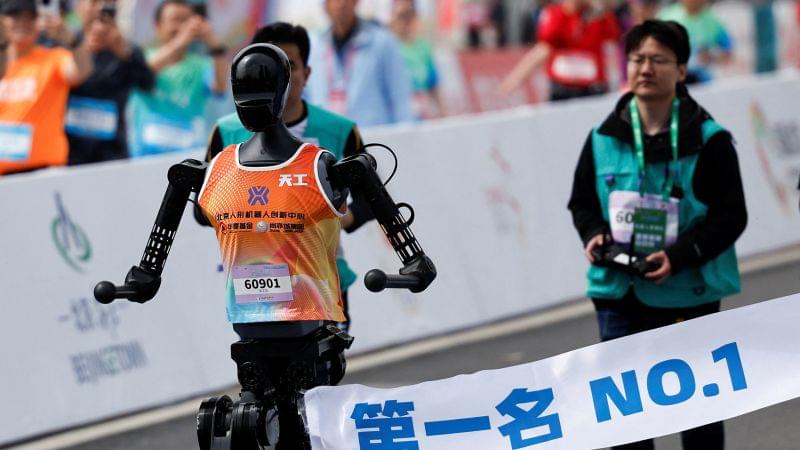
If the idea of robots taking on humans in a road race conjures dystopian images of android athletic supremacy, then fear not, for now at least.
More than 20 two-legged robots competed in the world’s first humanoid half-marathon in China on Saturday, and – though technologically impressive – they were far from outrunning their human masters over the long distance.
Teams from several companies and universities took part in the race, a showcase of China’s advances on humanoid technology as it plays catch-up with the US, which still boasts the more sophisticated models.
Please join my mailing list here 👉 https://briankeating.com/list to win a meteorite 💥
Is the universe actually thinking—literally, not just as a metaphor? We dive into the latest theories from physicists, exploring ideas like the universe as a vast neural network, capable of processing and even learning information, much like our own brains do.
Tune in as we explore the boundaries between science, consciousness, and the universe itself.
Join this channel to get access to perks:
https://www.youtube.com/channel/UCmXH_moPhfkqCk6S3b9RWuw/join.
📚 Get a copy of my books:
Think Like a Nobel Prize Winner, with life changing interviews with 9 Nobel Prizewinners: https://a.co/d/03ezQFu.
My tell-all cosmic memoir Losing the Nobel Prize: http://amzn.to/2sa5UpA